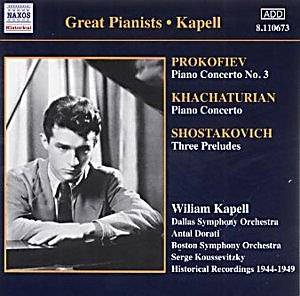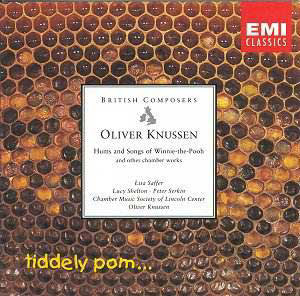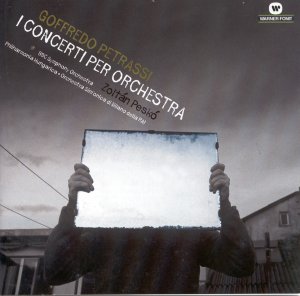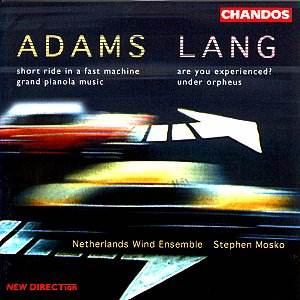 Composer: Sergei Prokofiev
Composer: Sergei Prokofiev
Works: Piano Concerto no. 3 in C, op. 26; Dmitri Shostakovich, Preludes, op. 34: nos. 24, 10, 5; Aram Khachaturian, Piano Concerto in D flat
Performers: William Kapell, piano; Dallas Symphony Orchestra/Antal Dorati (1); Boston Symphony Orchestra/Serge Koussevitzky (3)
Recording: State Fair Music Hall, Dallas, 7 Jan 1949 (1); RCA Studio no. 2, New York, 11 Dec. 1944 (2); Symphony Hall, Boston, 19 April 1946 (3)
Label: NAXOS HISTORICAL 8.110673
William Kapell, the tragically short-lived American pianist, is often celebrated for his remarkable combination of virtuosity and poetic insight. This disc showcases his talents through a selection of quintessential 20th-century works by Prokofiev, Shostakovich, and Khachaturian, each embodying the distinct stylistic language of its respective composer. The Piano Concerto No. 3 by Prokofiev, written in 1921, is a work that straddles the line between technical brilliance and lyrical depth, providing an ideal platform for Kapell’s exuberant interpretive style.
Kapell’s performance of the Prokofiev concerto is electrifying. The opening movement bursts forth with a vigorous energy, demonstrating not only Kapell’s technical prowess but also his ability to navigate the work’s complex emotional landscape. The contrasts inherent in the score—between the frenetic passages and the more introspective moments—are articulated with a vividness that is truly captivating. Antal Dorati’s conducting of the Dallas Symphony Orchestra complements Kapell’s approach, providing a robust and fiery orchestral backdrop that supports the soloist without overshadowing him. The recording, while perhaps lacking in some sonic refinement, captures the raw dynamism of the performance, allowing listeners to experience the full spectrum of Kapell’s artistry.
Turning to the Shostakovich Preludes, Kapell captures the composer’s characteristic blend of irony and poignancy. In Prelude No. 24, for instance, his interpretation highlights the melancholic undercurrents that run through the seemingly straightforward melodic lines. The nuanced phrasing and the delicate touch he employs in the quieter sections reveal a sensitivity that is often overlooked in performances that lean too heavily on technical display. This ability to infuse emotional depth into the music elevates the brief interludes, making them a profound contrast to the virtuosic demands of the Prokofiev.
The Khachaturian Piano Concerto, on the other hand, presents a more problematic challenge. While Kapell’s fiery virtuosity is on full display, the work itself often feels like a pastiche, lacking the thematic depth and cohesion of the preceding pieces. Kapell’s interpretation, while undeniably energetic, sometimes risks overwhelming the music’s more fragile moments. The orchestration, under Koussevitzky’s baton, reveals a lushness that is appealing, yet the sheer exuberance of Kapell’s playing can lead to a sense of overindulgence, particularly in the first movement’s more repetitive sections. Comparatively, the later performance by Sergio Perticaroli under Khachaturian’s direction offers a more measured approach, allowing the melodic lines to breathe and resonate in a way that feels more satisfying.
Sound quality, as is often the case with historical recordings, presents a mixed bag. Mark Obert-Thorn’s remastering captures the essence of the performances but does highlight some upper frequency shrillness, particularly from the strings in the orchestral textures. Yet, for those seeking to understand the nuances of Kapell’s pianism, the recording offers a valuable window into his interpretive choices, even if at times the orchestral balance feels slightly compromised.
The combination of Kapell’s technical brilliance and interpretive insight makes this disc a significant addition to the catalog of 20th-century piano recordings. While the Khachaturian may not withstand the test of time as well as the Prokofiev, Kapell’s performances across the board reveal the depth of his artistry. For anyone wishing to explore the brilliance of Kapell’s playing, this collection is not to be missed; it encapsulates both the highs of his interpretive prowess and the challenges posed by the varied repertoire.



